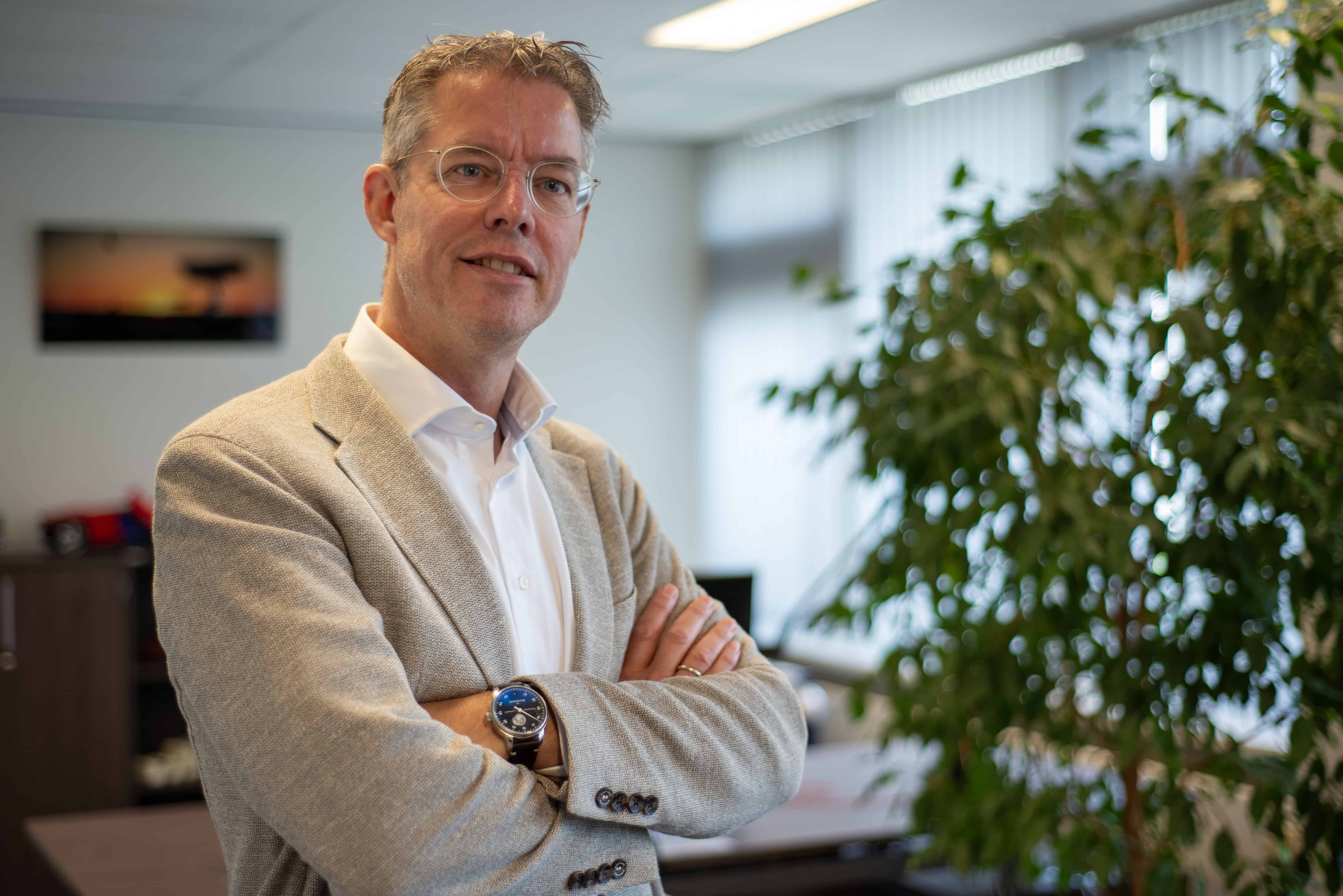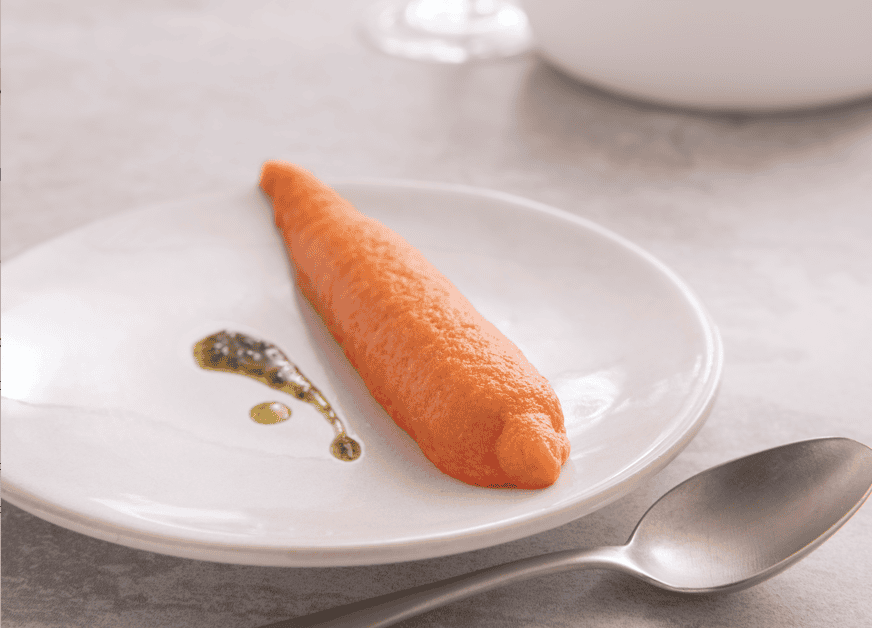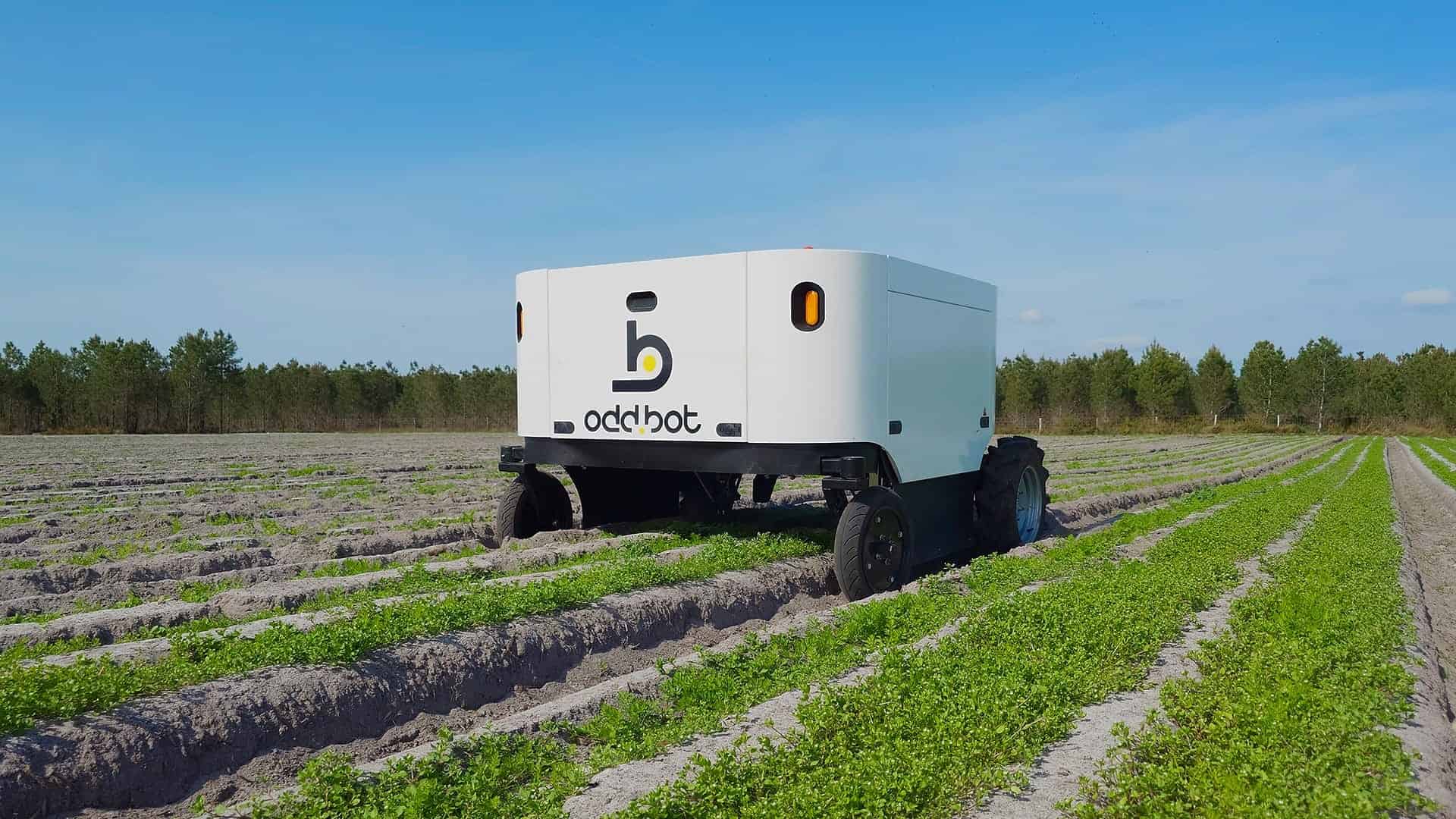
Plant-based bacon, nutrient-rich gummies, or artificial salmon and bacon: 3D-printed food is increasingly finding its way from the lab to supermarket shelves. The commercialization of 3D-printed food has been coming for a long time. In the early 2000s, manufacturers such as Philips tested the feasibility of accurately layering fine food using a robotic arm.
Fast-forward to 2024: Gastronology is the first party in Europe to produce 3D-printed food on an industrial scale—700 kilograms per batch per day. Peter Nieuwkerk, CEO and founder of Gastronology, is one of the keynote speakers at this year’s Agrifood Innovation Event. IO interviewed him.
From thrice-daily brownies to tasty meals
When Nieuwkerk encountered people with chewing and swallowing problems five years ago, the idea for Gastronology was born. “For these people, 3D food printing can make an impact. They eat a brownie for breakfast, lunch, and dinner. There is no cake on birthdays, tasty snacks, or snacks at Friday afternoon drinks. That greatly hinders the joy of life.”
Worldwide, 1 to 4% of the population struggles with chewing and swallowing problems, also known as dysphagia. These may include people with disabilities, patients with a specific type of cancer, or the elderly who choke easily.



A world of difference
Gastronology’s Dysphalicious range consists of eight potato and vegetable products co-developed by SVH master chef (the highest degree of professional competence someone can obtain in the hospitality industry) Eugène Swalen. It is essential that the products not only look good, but they also be tasty. The company processes fresh products into purees according to precise recipes. The 3D food printer processes that puree into a visually attractive and recognizable product. “For example, a carrot becomes a carrot again, and cauliflower becomes a cauliflower again, but edible with a spoon. That makes a huge difference to our target market,” Nieuwkerk said. Gastronology freezes the finished product; users only need to reheat their food.

Soft substance, specific shape
However, the technology must be applied on a large scale to realize that potential. “What you can make with a 3D printer is one thing, but scaling it up to industrial production is an entirely different story.” This is the focus of the story he plans to tell at the Beyond 3D Food Printing event.
After all, Gastronology seems to be doing it now. In their factory in Poortvliet, Zeeland, they developed a large industrial food printer in recent years. That process consisted mainly of “lots and lots of testing.” In 2023, the first industrial batches of 50 kilograms rolled off the line. Meanwhile, the printer can print 700 kilograms per day, enabling it to help 5,000 people per day. The company plans to scale up to 2,100 kilograms daily in the next phase. With that, it can help 15,000 people. By comparison, a small lab printer prints between 2 and 50 kilograms per day.
The big difference between plastic and food 3D printing is that plastic is hard. Food is still soft when it rolls out of the printer, while the product must maintain a specific shape. “That puts demands on the recipe. We print puree in the shape of broccoli, cauliflower, or carrot. So that also demands a lot from our installation: the pipes through which we pump the puree, the pressure on them, the number of bends in the pipes, and so on.”
‘It’s already possible’
Nieuwkerk cannot reveal too much about the exact technology. Companies wanting to print a product but not own the technology can order from Budelfood, part of the Budelpack Group, which Nieuwkerk also owns. This company packs various types of food into primary product packaging. “In addition, we will make our technology available under license. So a company can set up its plant and lease our technology.”
In his keynote on Dec. 3, Nieuwkerk wants to show attendees that it is already possible. “Later is now. This technology is no longer just in laboratories.”

